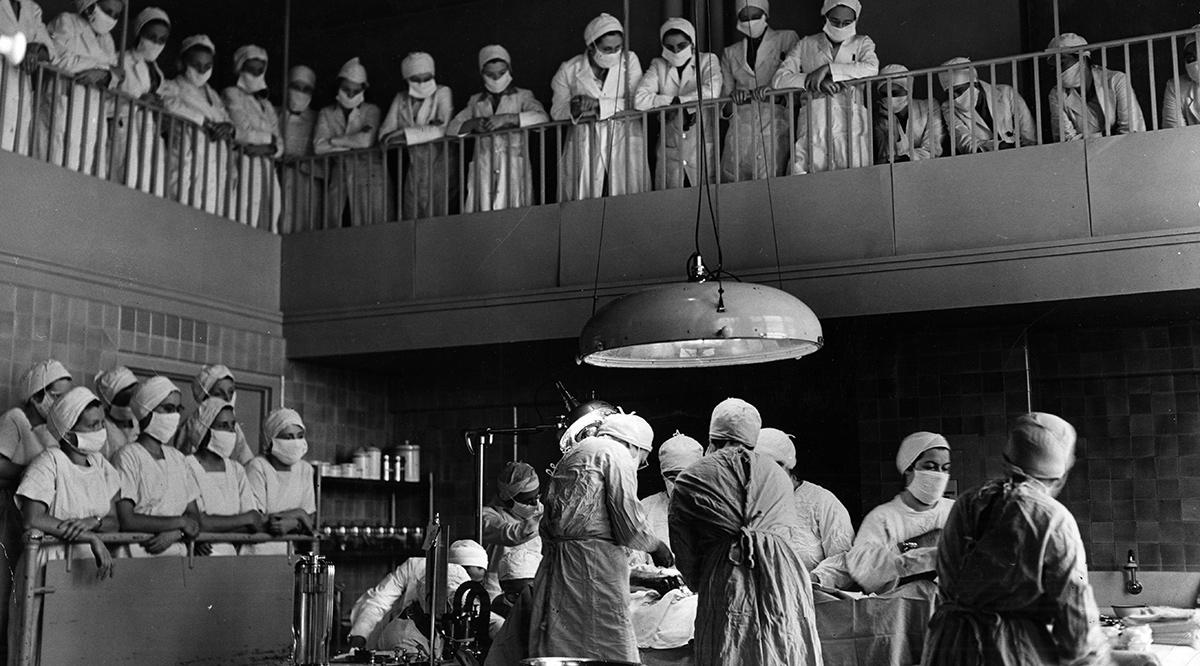In 1873, Harvard Medical School professor Edward Clarke, MD, stated that excessive education for women would leave them with “monstrous brains and puny bodies.” Another male physician argued that given medicine’s “repulsive details,” allowing women to enter the field would undermine men’s “refined appreciation” of them. Horatio Storer, MD, a Harvard-trained OB-GYN, theorized that menstruation caused “temporary insanity.”
Not surprisingly, the number of U.S. women physicians was zero until well into the 19th century. Today, hundreds of thousands of women doctors serve patients across the nation, and more than half of students in the country’s medical schools are women.
How did we get where we are?
This interactive timeline of pivotal moments, historic efforts, and courageous pioneers tells the story of U.S. women in medicine and their tremendous contributions to the field.

